When it comes to building a strong, sculpted back, two of the most popular exercises are the seated row and the bent-over row. Both target similar muscle groups, but they do so in different ways. Understanding the differences between these two movements can help you make an informed decision on which one to incorporate into your workout routine. Let’s dive into the specifics of seated row vs bent over row and see how each exercise stacks up in terms of benefits, form, and results.
What Is the Seated Row?
The seated row is a machine-based exercise that targets the muscles of the upper back, including the lats, rhomboids, and traps. Performed using a cable machine, this exercise requires you to sit down with your legs braced and your hands holding a row handle. As you pull the handle toward your torso, your shoulder blades retract, and your back muscles engage. This motion mimics the natural pulling action and allows for a controlled, smooth movement.
Benefits of the Seated Row:
- Isolation: The seated row allows for a more isolated and controlled movement compared to the bent-over row. Because you’re seated, there’s less chance of using momentum or other muscle groups to assist.
- Postural Support: Since you're sitting upright, your lower back is supported, making the seated row a good option for those with lower back issues or beginners learning proper form.
- Consistent Tension: The machine keeps constant tension on the muscles throughout the range of motion, making it a great choice for building muscle and improving endurance.
What Is the Bent Over Row?
The bent-over row is a free-weight exercise typically performed with a barbell or dumbbells. To perform this movement, you hinge at the hips and lean forward, keeping your back straight. With your arms extended in front of you, you pull the weight toward your body, engaging your back muscles. The bent-over row is a more dynamic exercise that requires you to stabilize your body, engaging the core and legs in addition to the back.
Benefits of the Bent Over Row:
- Full-Body Engagement: The bent-over row works not only your back but also your core and legs, as you need to stabilize your body during the movement. This makes it a great compound exercise for overall strength.
- Versatility: The bent-over row can be done with a barbell, dumbbells, or even resistance bands, providing flexibility in your workout.
- Functional Strength: Since the movement mimics the natural pulling pattern, it is often seen as more functional for improving strength in real-life movements.
Seated Row vs Bent Over Row: Key Differences
- Stability: The seated row offers more stability due to the machine setup, which can be beneficial for beginners or individuals looking to isolate their back muscles. The bent-over row, on the other hand, requires more balance and core engagement, making it more challenging overall.
- Muscle Activation: While both exercises target the upper back, the seated row may place a greater emphasis on the lats and traps, while the bent-over row engages more muscle groups, including the lower back, core, and even the glutes.
- Range of Motion: The seated row generally has a more controlled range of motion due to the machine’s design, which may help maintain good form. The bent-over row, however, provides a greater range of motion and can help develop more functional strength in the posterior chain.
Which Exercise is Right for You?
The choice between seated row vs bent over row largely depends on your fitness goals and current level of experience.
-
If you're looking for an exercise that isolates the back muscles and allows you to focus on perfecting your form, the seated row is an excellent choice. It’s also ideal for people with lower back issues or those who prefer machine-based exercises.
-
If you're after a more full-body movement that engages multiple muscle groups and builds overall strength, the bent-over row is the way to go. It’s a classic compound movement that can be done with a variety of equipment and is great for improving functional strength.
Both exercises are valuable tools in your back training arsenal. Many experienced lifters incorporate both into their routines for a balanced approach, with seated rows for focused back development and bent-over rows for overall strength and muscle activation.
Final Thoughts
In the debate of seated row vs bent over row, both exercises offer unique advantages. The key is to understand how each fits into your workout plan and personal fitness goals. Whether you choose the stability of the seated row or the challenge of the bent-over row, both exercises can help you build a strong, defined back.






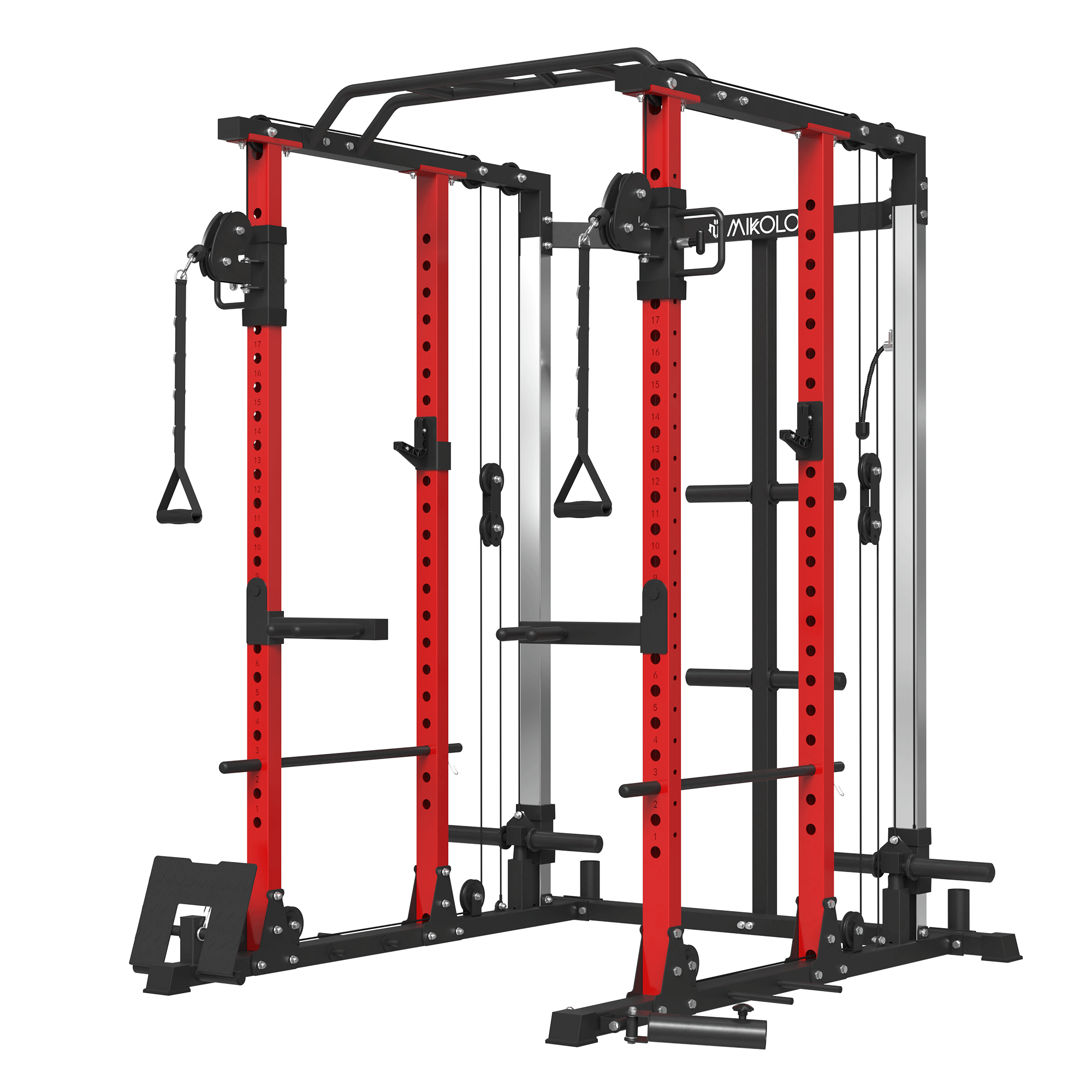



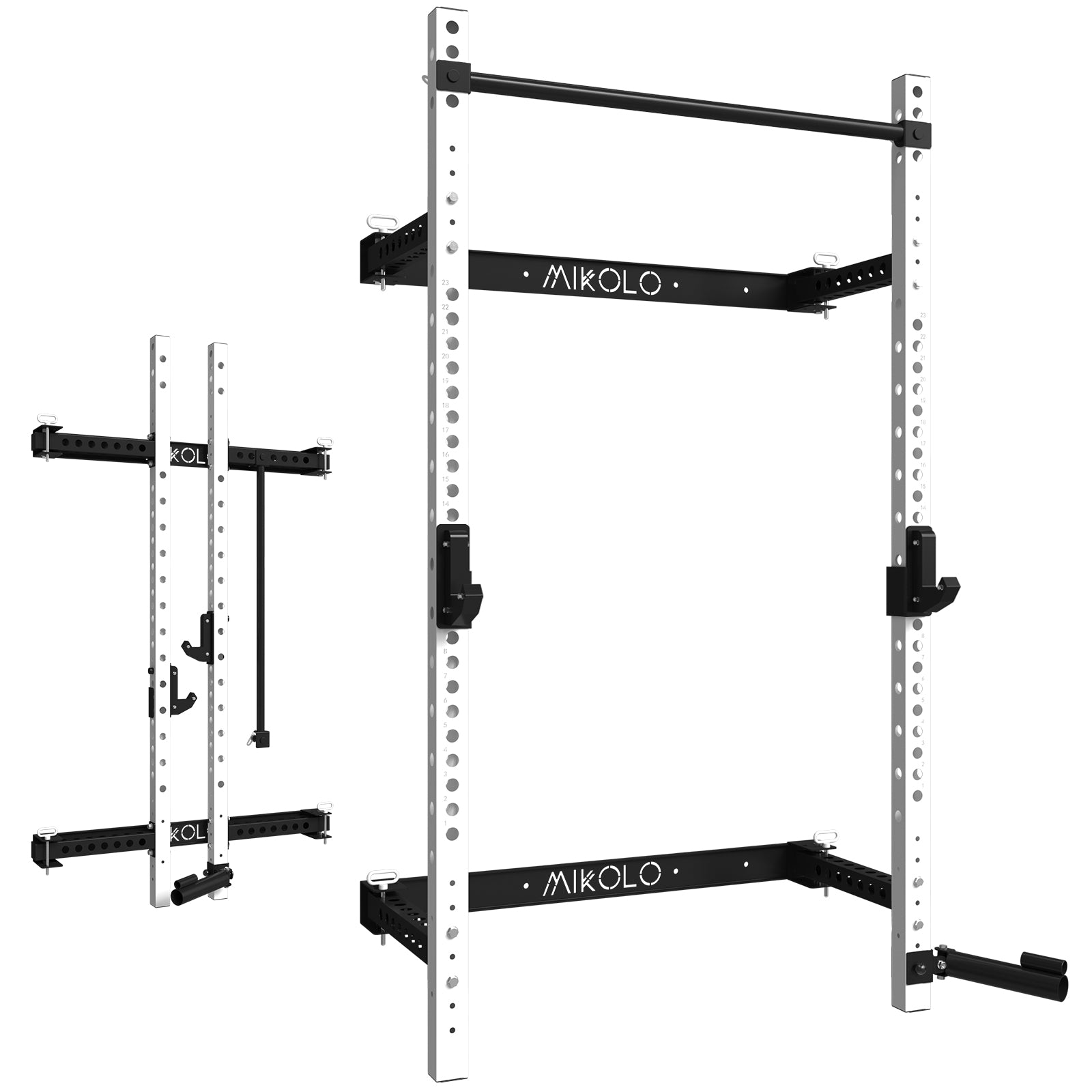









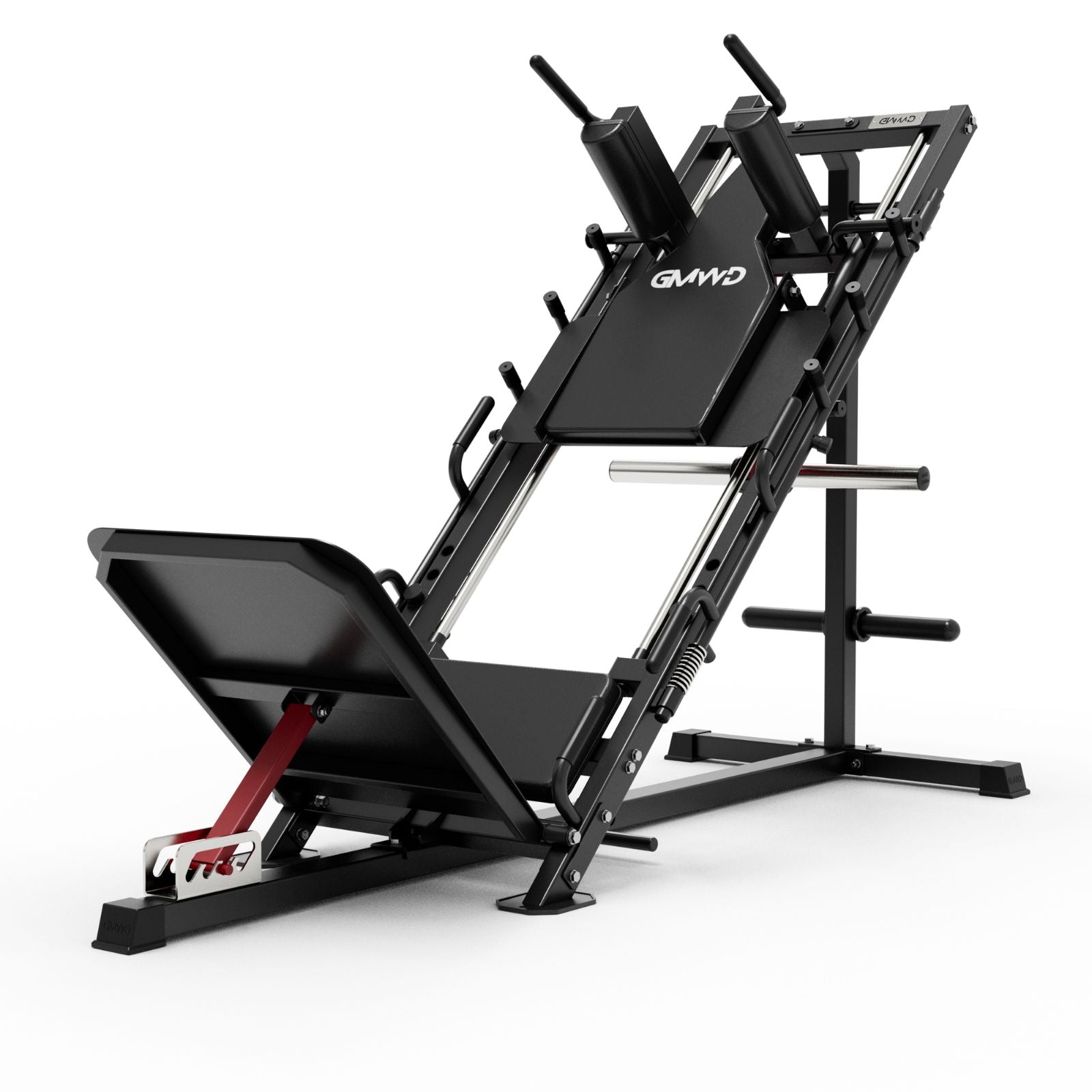







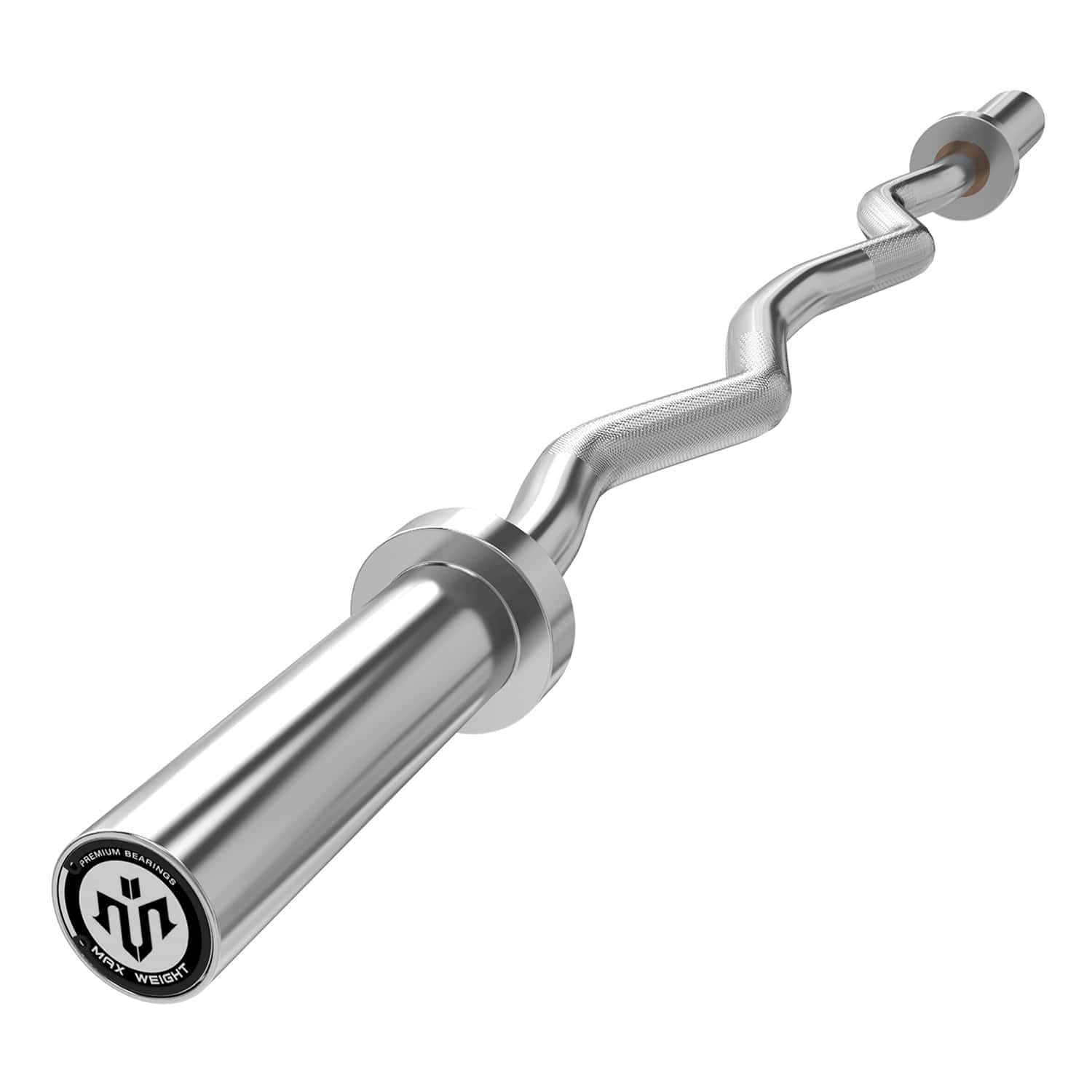
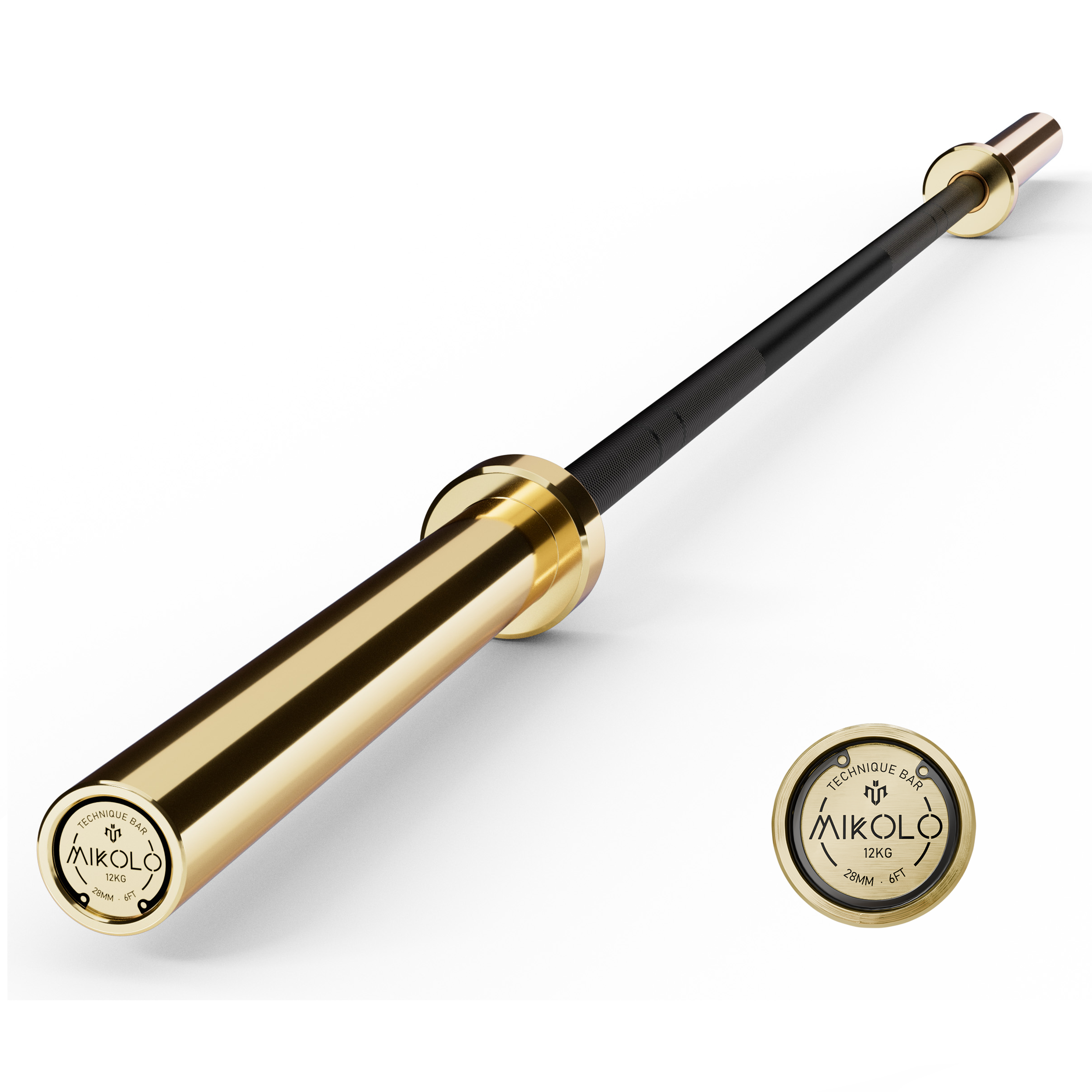

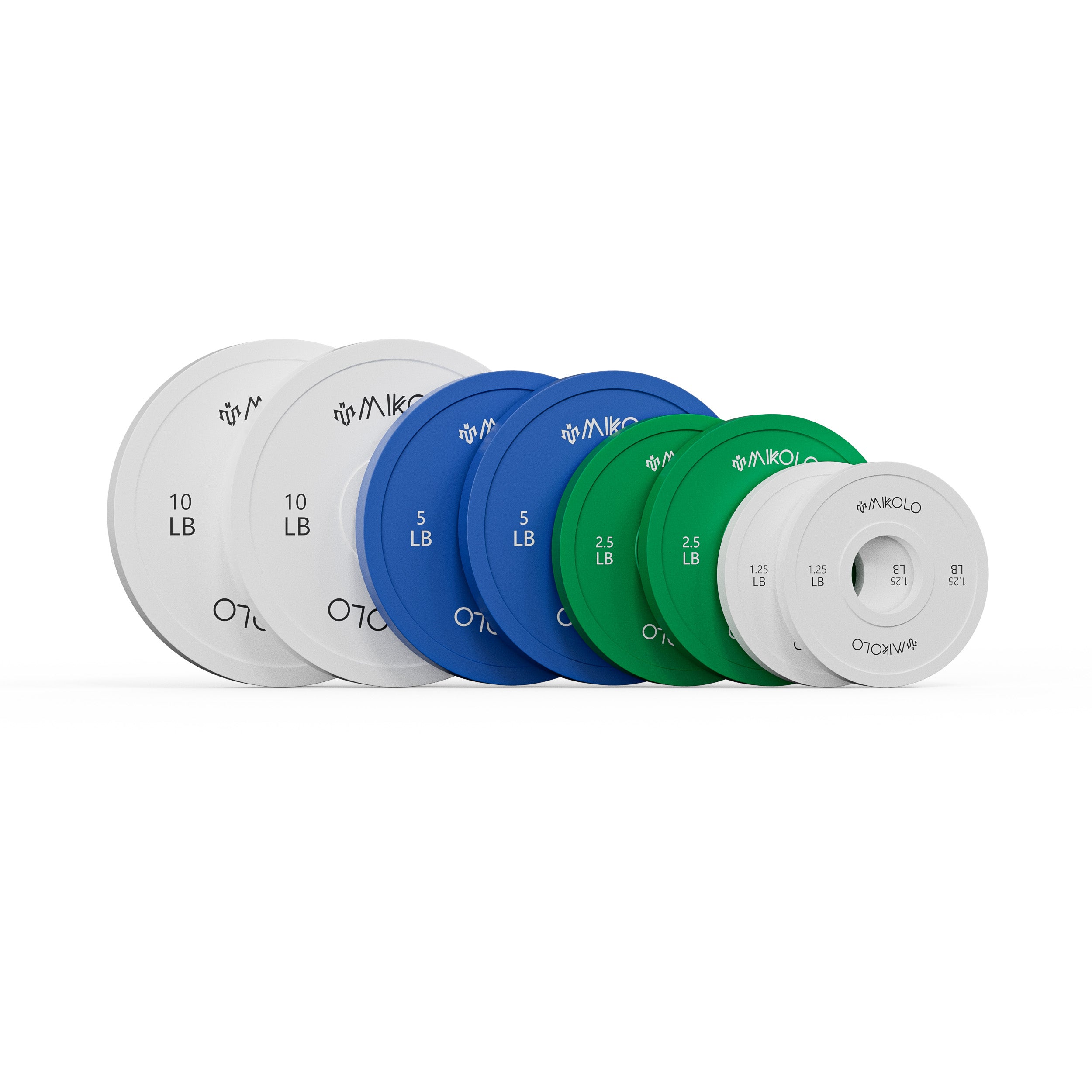
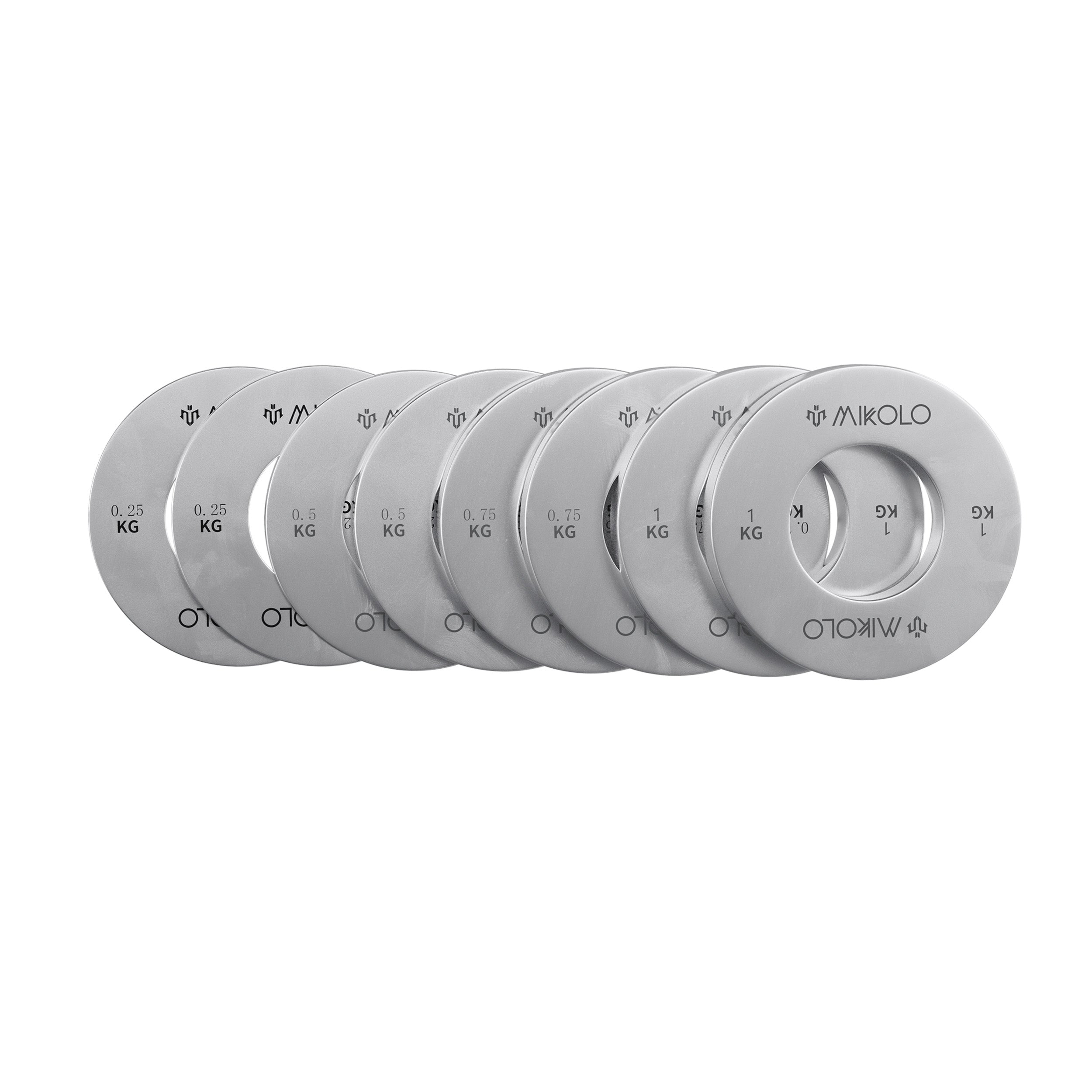



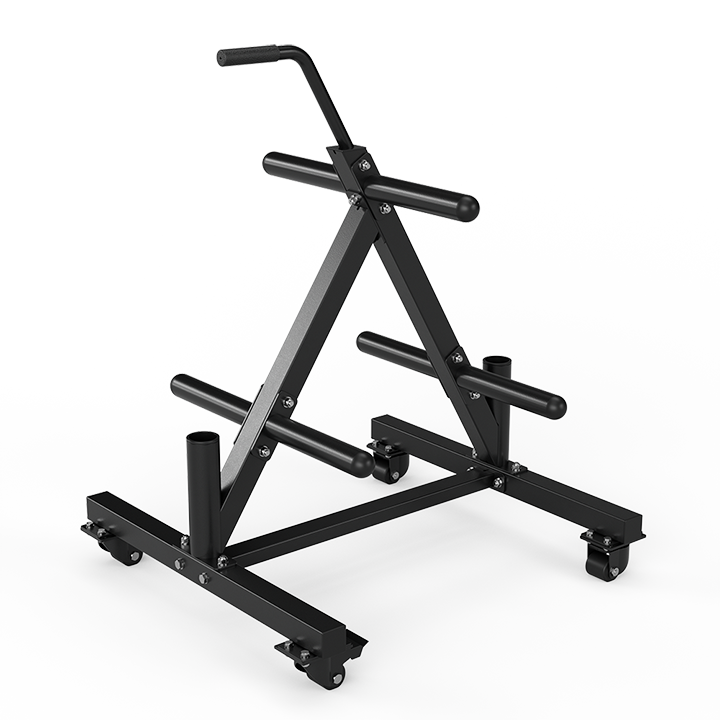
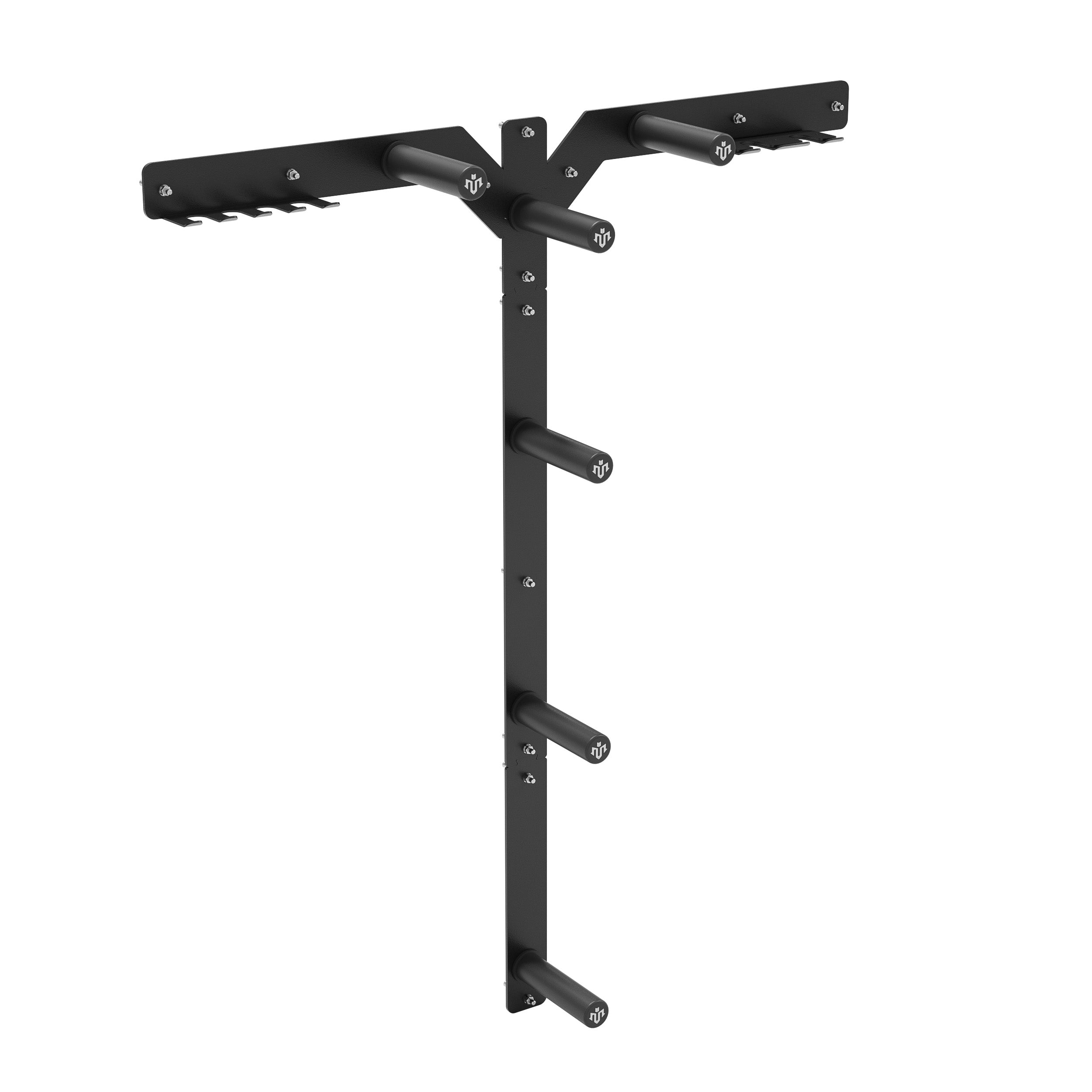




Leave a comment
This site is protected by hCaptcha and the hCaptcha Privacy Policy and Terms of Service apply.